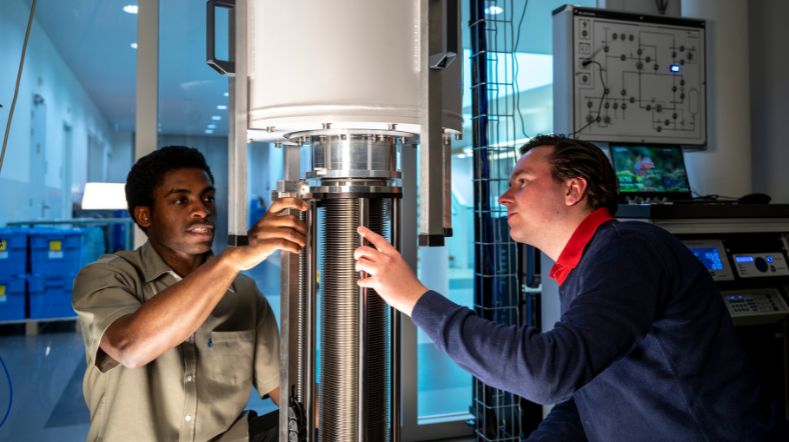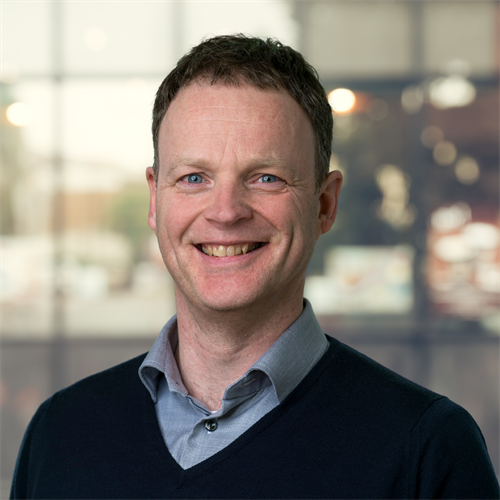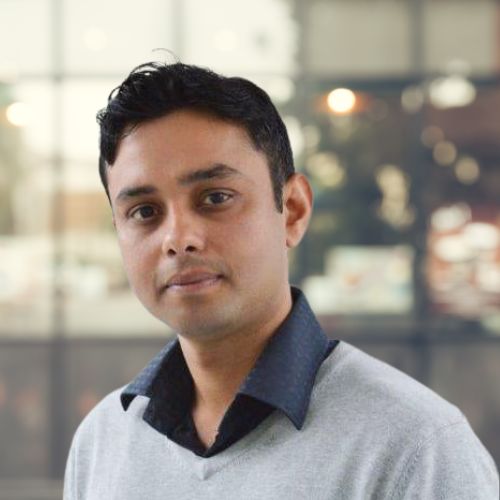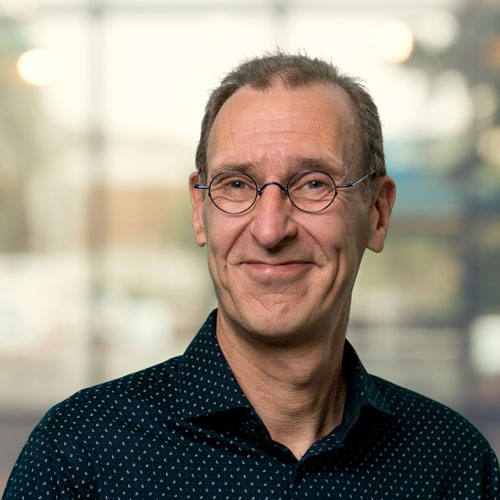
Advancing into the Quantum Era: Innovation and Collaboration with TNO
The power of quantum technology holds the potential to revolutionise nearly every aspect of our lives. From unprecedented computing power and communication capabilities to next-generation sensors. Since 2014, TNO has been at the forefront of quantum technology developments, and stands ready to usher in this new technological era.
Our work with contracted partners, in dedicated collaborations and consortia, accelerates the development of ground-breaking and innovative quantum technologies. From the building blocks and chips that enable the technology to fully-formed devices and applications, we help ensure the fastest time to market – and the highest societal benefit – from these developments. Our broad-scale, diverse, and extensive work can be divided into five primary pillars.
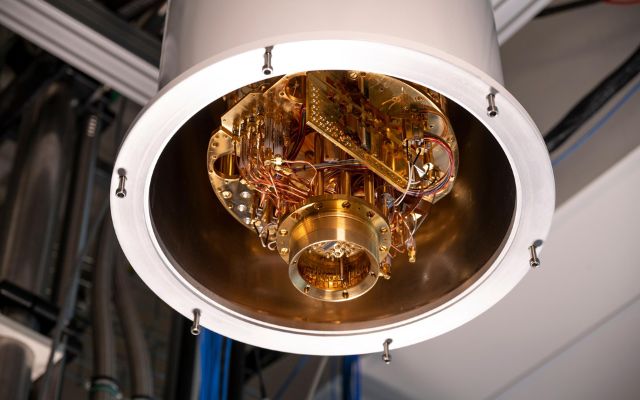
Quantum devices and materials
The key to high-performing quantum devices that preserve the fragile quantum states lies in the chip design, high-quality materials, and state-of-the-art, defect-free device (nano)fabrication. TNO addresses the challenges of device design at every stage of development. In particular, we offer unmatched expertise in screening, in-depth characterisation, and metrology of quantum devices at our Quantum Information Technology Test (QITT) facility. In addition, our experts offer device and chip design and/or co-development, modelling support, and on-demand fabrication of Si/Ge spin qubit devices, color-center-based quantum devices in diamond, and more.
Quantum computing
Achieving fault-tolerant quantum computation, or even noisy intermediate, scalable computation, requires error correction, scalability, hardware development, and control electronics to ensure minimal errors and noise. TNO offers calibration and control frameworks, hardware development, and full-stack integration capabilities to help build the quantum computers of tomorrow. TNO was also the initiator of Quantum Inspire: Europe’s first public quantum computing platform. Today, we work closely with our partners to enable the development of advanced quantum computing systems.
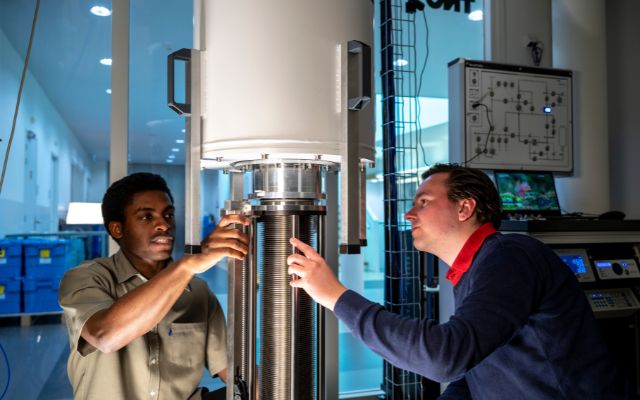
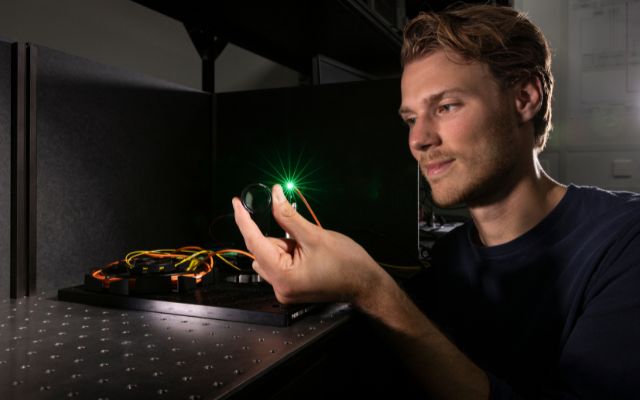
Quantum sensing
In applications ranging from semiconductors to connected transport, highly accurate quantum sensors may hold the key to unprecedented sensor power. But stakeholders often don’t have the equipment or expertise to test relevant use cases. At the Quantum Sensing Testbed, TNO offers both extensive expertise and equipment to develop and tailor quantum sensors for specific applications. At the Testbed, we use Scanning NV magnetometers, compact magnetometers, PICs-integrated magnetometers, and wide-field magnetometers to test quantum sensor applications, co-develop new sensors, and perform benchmarks.
Quantum communication systems
The first step towards a fully entangled, global quantum internet and other quantum-based communication systems is Quantum Key Distribution (QKD)-safe communication. TNO’s extensive experience in quantum technology, optics, optomechatronics, and nanofabrication makes us uniquely qualified to contribute to technology for the future quantum internet. We offer support in the development of land- and space-based quantum communications, network integration, and security services, including system and component benchmarking in our QKD test and evaluation lab.
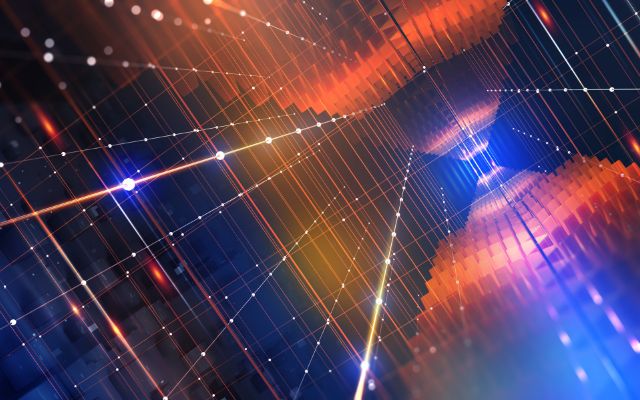
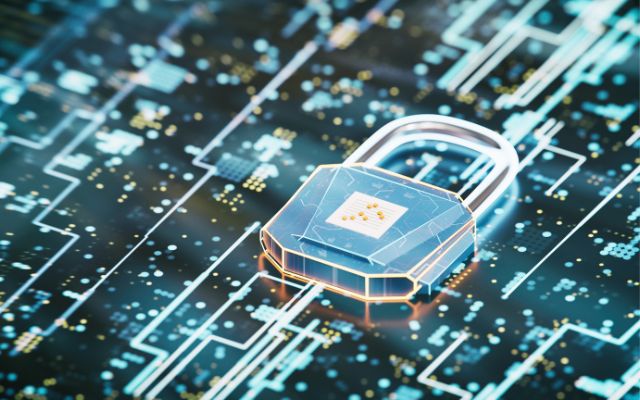
Quantum-safe technology
The quantum computer will render many common cryptography systems obsolete. TNO raises awareness of the looming threat and the urgency to migrate to, for example, post-quantum cryptography. We make the – often long and complicated – migration process more affordable and manageable. Our PQC Migration Handbook offers advice and concrete action points. We also perform migrations and share lessons learned in the PQC Benchmarking project within PCSI. We contribute to projects for a quantum-safe public key infrastructure and developed a methodology to help organisations understand the risks they face.
QuTech Research Institute
TNO is a proud co-founder of QuTech, now a world-renowned centre of excellence for quantum research, operated by the Delft University of Technology. Through QuTech, scientists from around the globe are able to accelerate research advancements in quantum computing and quantum communication. TNO is now applying the expertise it gained in QuTech to develop technological innovations for the industry.
Get inspired
Art and quantum: student team renders superposition tangible with TNO


TNO expands quantum information technology testing capabilities to support startups
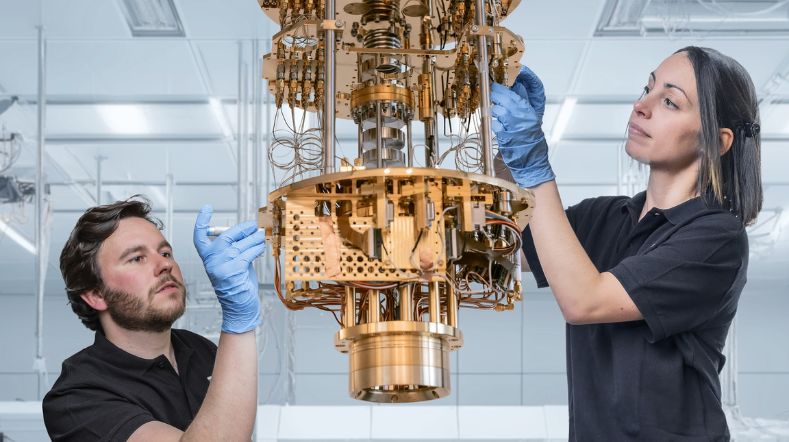

TU Delft appoints TNO’s Richard Versluis as Quantum and Computer Engineering Fellow
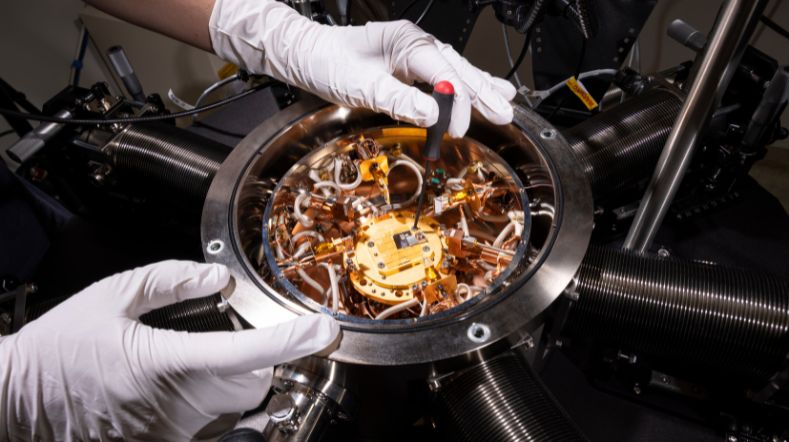

Quantum communication systems


Quantum computing
